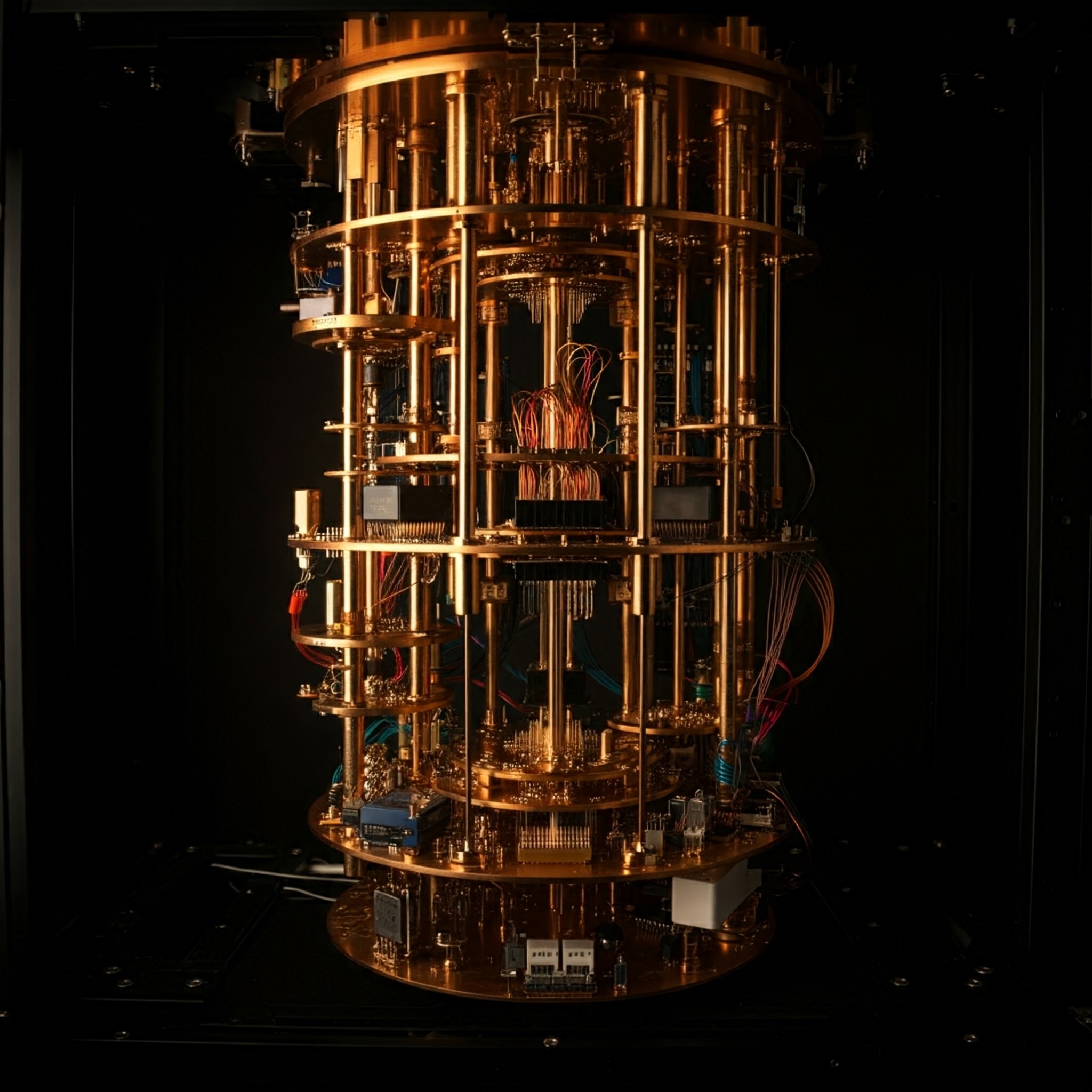
Google Transformer: A Deep Dive into the Architecture Revolutionizing NLP
Keywords: Transformer, Google, NLP, BERT, Attention, Encoder, Decoder, Sequence-to-Sequence, Machine Translation, Language Modeling
Google’s Transformer, a novel neural network architecture introduced in 2017, has significantly impacted the field of Natural Language Processing (NLP). This architecture has proven to be highly effective in various NLP tasks, including machine translation, text summarization, question answering, and language modeling. Its influence is evident in the development of powerful language models like BERT and GPT, which have achieved state-of-the-art results on numerous benchmarks.
The Essence of the Transformer
Unlike traditional recurrent or convolutional neural networks, the Transformer relies entirely on an attention mechanism to draw global dependencies between input and output sequences. This mechanism allows the model to weigh the importance of different parts of the input sequence when processing a specific element, enabling it to capture long-range relationships effectively.
Core Components
The Transformer architecture consists of two main components: an encoder and a decoder. Both the encoder and decoder are composed of multiple identical layers.
- Encoder: The encoder processes the input sequence and generates a contextualized representation of it. Each encoder layer comprises two sub-layers: a self-attention layer and a feed-forward neural network. The self-attention layer allows the model to attend to all positions in the input sequence, capturing relationships between different words. The feed-forward network then applies a non-linear transformation to the output of the self-attention layer.
- Decoder: The decoder generates the output sequence one element at a time, utilizing the contextualized representation produced by the encoder. Each decoder layer also consists of two sub-layers: a masked self-attention layer, a encoder-decoder attention layer, and a feed-forward neural network. The masked self-attention layer prevents the decoder from attending to future positions in the output sequence, ensuring that the prediction for a given position depends only on the preceding elements. The encoder-decoder attention layer enables the decoder to focus on relevant parts of the input sequence. Finally, the feed-forward network applies a non-linear transformation to the output of the attention layers.
Attention Mechanism
The attention mechanism is the cornerstone of the Transformer architecture. It computes a weighted sum of the values of the input sequence, where the weights are determined by the relevance of each input element to the element being processed. This mechanism allows the model to focus on the most important parts of the input when generating the output.
Advantages of the Transformer
The Transformer architecture offers several advantages over traditional sequence-to-sequence models:
- Parallelization: The self-attention mechanism can be computed in parallel for all positions in the input sequence, making the Transformer significantly faster to train than recurrent models.
- Long-Range Dependencies: The attention mechanism enables the Transformer to capture long-range dependencies effectively, which is crucial for understanding the meaning of complex sentences.
- Interpretability: The attention weights provide insights into which parts of the input sequence are most relevant for a given prediction, making the model more interpretable.
Impact on NLP
The introduction of the Transformer has led to significant advancements in various NLP tasks. BERT, a bidirectional encoder representation from transformers, has achieved state-of-the-art results on a wide range of tasks, including question answering, sentiment analysis, and named entity recognition. GPT, a generative pre-trained transformer, has demonstrated impressive capabilities in text generation and language modeling.
Conclusion
Google’s Transformer has revolutionized the field of NLP by introducing a novel architecture that relies entirely on an attention mechanism. Its ability to capture long-range dependencies and parallelize computations has led to significant improvements in various NLP tasks. The Transformer’s influence is evident in the development of powerful language models like BERT and GPT, which have achieved remarkable results on numerous benchmarks. As research in this area continues, we can expect further advancements in NLP driven by the Transformer architecture and its variants.


